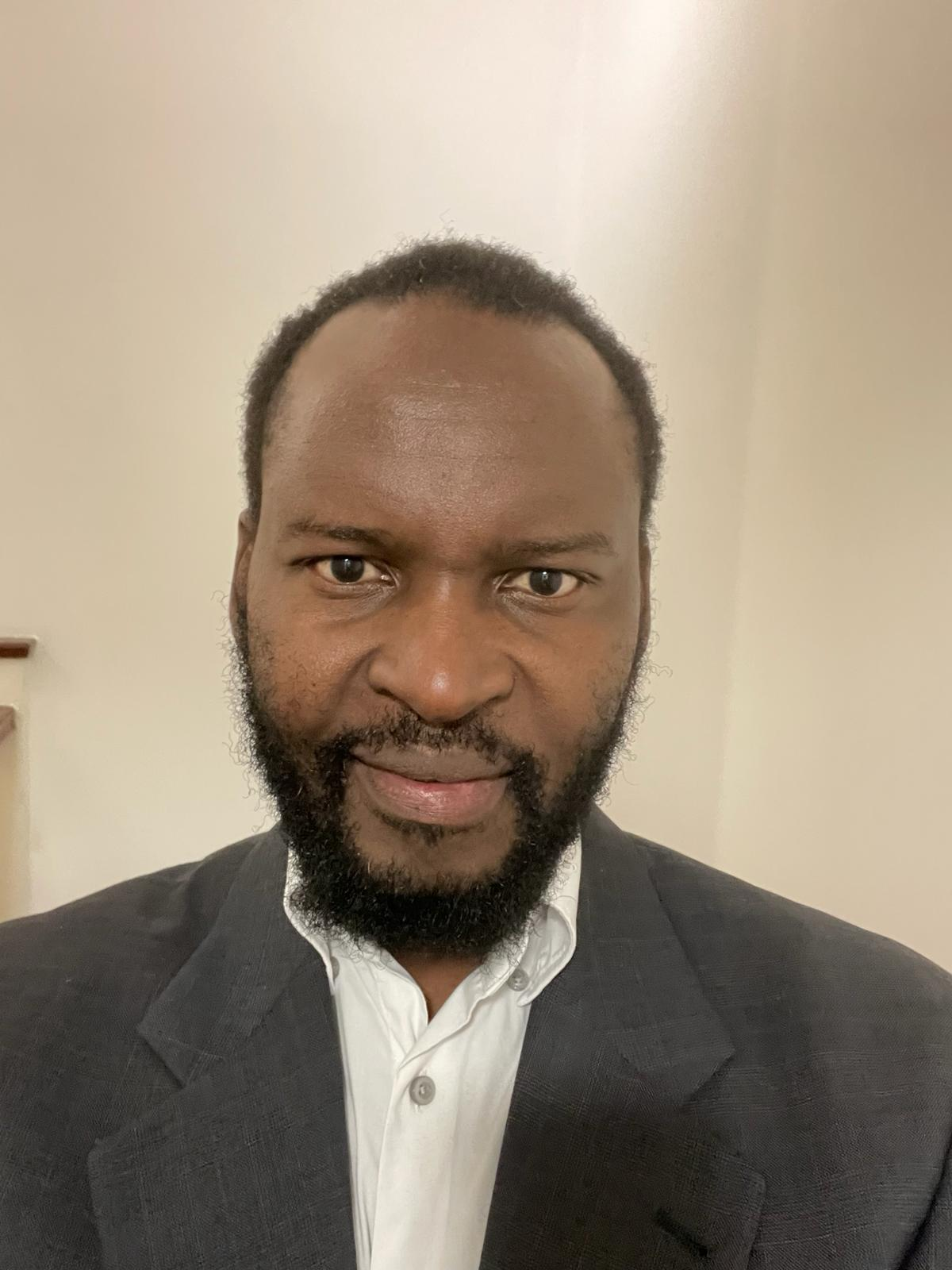Defeat Burnout Now
Aspiring to liberate mid-level professionals trapped by burnout!
Transform professional roadblocks into avenues teeming with resilience and rejuvenated purpose.

Reclaim Your Balance
Escape the clutches of burnout and achieve sustained harmony between professional duties and personal life, utilizing a uniquely tailored resilience system.

Resilience Blueprint Build
Construct a personalized resilience structure that not only helps break free from burnout's grasp but also empowers you to stay a step ahead, maintaining wellness in the long run.

Sustained Growth Mastery
Equip yourself with proven strategies and practical tools that foster continuous growth and well-being, ensuring a thriving life and career devoid of burnout.
About Me

Mike
A social worker with a heart of gold and nerves of steel, Mike’s work spans everything from helping immigrant families to supporting mental health services. His journey started with undocumented families, charities, and community projects, often under extreme pressure with minimal resources. Despite the exhaustion, Mike found that his passion for helping others was the key to pushing through the toughest days. He’s seen first-hand how resilience—both his own and that of the communities he serves—makes all the difference in not just surviving but thriving in the face of adversity.

Dawn Dunsmore
A family caregiver, teacher, tutor, and all-around superhuman, Dawn knows burnout like the back of her hand. She’s been there—physically, emotionally, financially, and spiritually drained—but each time, she’s risen stronger. After facing burnout more times than she’d care to admit, Dawn built her “Self-Care Survival Toolkit,” a lifeline that has allowed her to continue caring for her loved ones and clients without losing herself in the process. With two master’s degrees and experience teaching everything from toddlers to college students, her real calling has always been caregiving. Based outside Portland, Oregon, Dawn is the emotional and financial rock for her family, making sure her mom and older brother can stay in their home, where they feel most comfortable.
AS SEEN ON
Hear From My Client
Blog Posts

The Role of Discipline in Burnout Recovery: Structure as a Path to Freedom
How intentional structure prevents burnout, reduces stress, and creates sustainable well-being
Introduction
Discipline is often misunderstood as restriction, something that limits freedom rather than enhances it. But in the context of burnout recovery, discipline is not about pushing through exhaustion—it’s about building supportive structures that allow for rest, recovery, and sustainable success.
When life feels overwhelming, decisions become exhausting. Every moment requires effort—what to eat, when to rest, how to manage stress. Without intentional systems in place, stress compounds, decision fatigue sets in, and burnout accelerates. The solution? Thoughtful, supportive discipline.
In this post, we’ll explore how burnout erodes self-discipline, why structured habits restore balance, and how to build systems that support your recovery without feeling restrictive.
Section 1: How Burnout Erodes Self-Discipline
Burnout isn’t just about exhaustion; it’s about the breakdown of self-regulation. The same cognitive processes that help us plan, focus, and follow through are directly impacted by prolonged stress.
The Science of Burnout and Decision Fatigue
The prefrontal cortex, responsible for decision-making and impulse control, becomes impaired under chronic stress.
Cortisol dysregulation affects motivation, making it harder to engage in healthy behaviors.
Emotional exhaustion leads to avoidance behaviors, such as procrastination or numbing through distractions.
Example:
Before burnout, Lauren, a nonprofit leader, had a structured morning routine. As burnout set in, she struggled to make simple decisions—what to wear, what to eat, when to work out. The lack of structure increased her stress, creating a cycle of exhaustion and inaction.
Section 2: The Myth That Freedom Comes Without Structure
Many people resist discipline because they associate it with rigidity. But in reality, structured habits reduce decision fatigue and free up mental energy for creativity, connection, and well-being.
How Supportive Discipline Creates Freedom
Pre-planned decisions remove unnecessary stress. (E.g., meal prepping reduces daily decision fatigue.)
Routines provide stability when energy is low. (E.g., having a set bedtime maintains energy levels.)
Predictability reduces stress responses. (E.g., knowing when your next break is helps the nervous system regulate.)
Example:
Mark, a teacher, rebuilt his life after burnout by systemizing small, supportive habits—he set non-negotiable work hours, meal-prepped on Sundays, and created tech-free wind-down routines. His discipline gave him more freedom, not less.
Section 3: Building Supportive Discipline Without Rigidity
To rebuild self-discipline after burnout, start small and focus on sustainable habits rather than perfection.
Exercise: Designing a Personalized Burnout Recovery Routine
Title: Building Supportive Discipline
Purpose: To create a structured routine that reduces burnout while allowing for flexibility and personal needs.
Materials Needed:
Notebook or planner
Pen or digital note-taking tool
Step-by-Step Instructions:
Purpose:
Track your energy throughout the day for a week.
Identify when you feel most alert and when you need rest.
Choose Three Non-Negotiables
Select three daily habits that support recovery (e.g., hydration, movement, sleep).
Make these your foundation—your day should revolve around them.
Create a Low-Energy Backup Plan
On tough days, what’s the minimum version of each habit? (E.g., if you can’t do a full workout, a 5-minute stretch counts.)
Adjust Weekly Based on Feedback
Every Sunday, reflect: What worked? What didn’t? What small adjustment would help?
Reflection Questions:
How does structure improve my sense of balance?
Where do I need more discipline, and where do I need less rigidity?
What are the three most important habits that help me feel restored?
Conclusion
Discipline is not about restriction—it’s about creating a system that works for you. When used strategically, discipline prevents burnout, reduces stress, and builds a sustainable foundation for growth.
If you’re ready to design a burnout recovery routine that supports your well-being, let’s explore your unique needs in a complimentary discovery call. Book your session at dawndunsmore.com/book-a-call.

The Extra Mile: How to unlock your highest potential
Unlock the secret to better digestive health with 'Gut Feeling.' Discover how to nourish your gut and improve your overall well-being. ... more
mind and body
08 April 2024 • 7 min read

